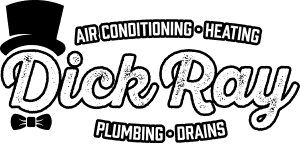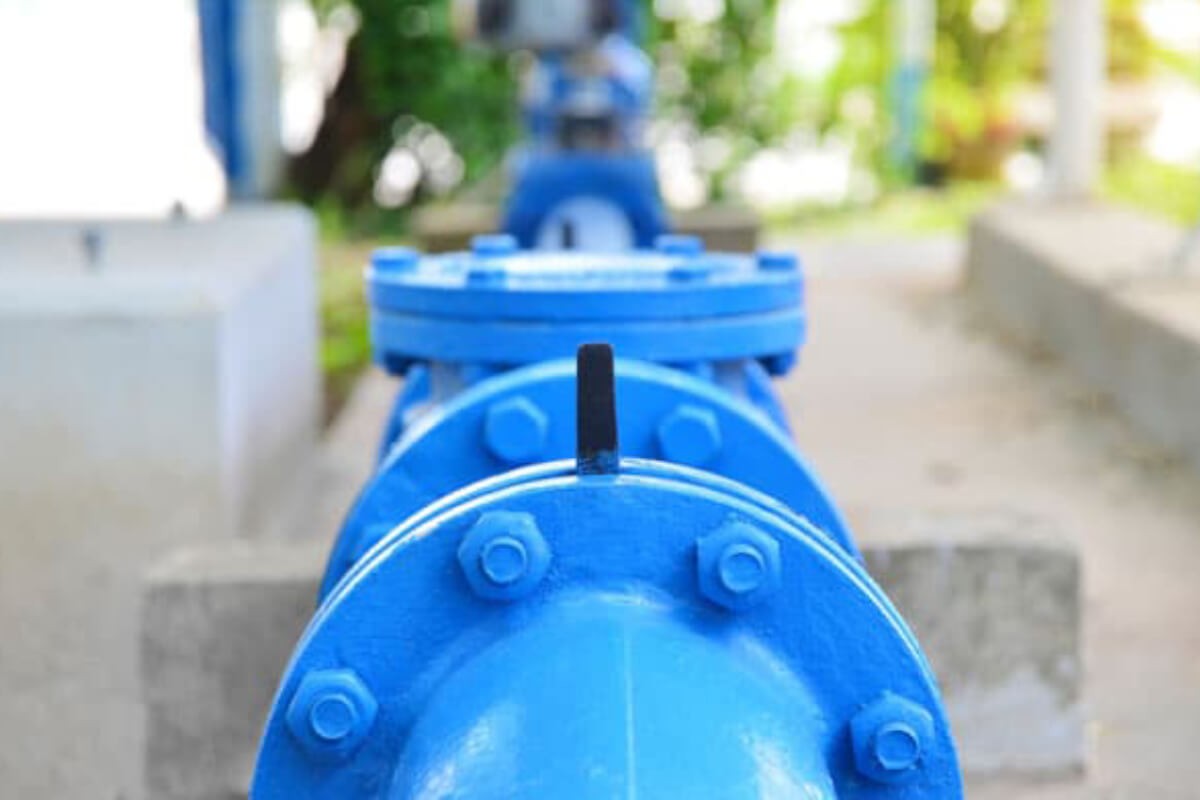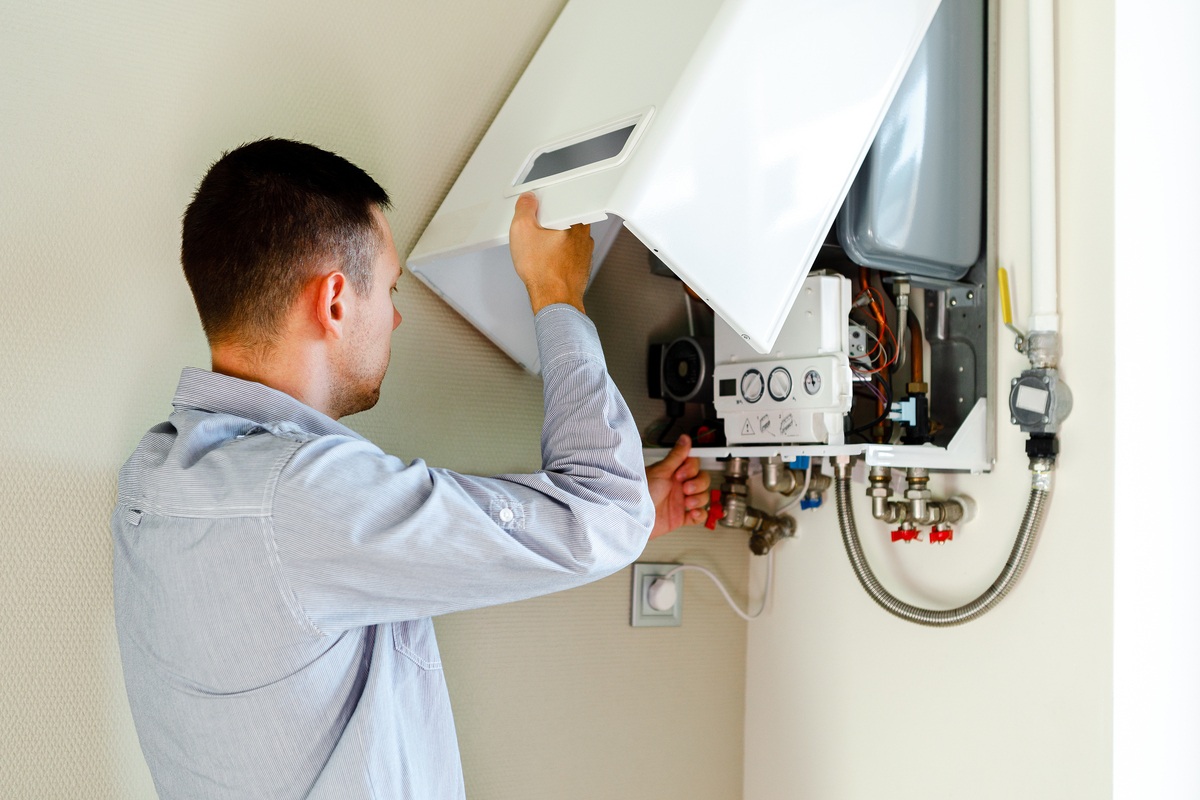Cooler temps are on the horizon. The smell of woodsmoke is on the breeze. And the leaves are everywhere. Fall is here and with it a hint of the winter to come. If you’re like a lot of people, you prepare for winter by raking leaves and throwing a thicker blanket on your bed. You put away the patio furniture and stack some extra firewood by the back door.
But there’s more to it than that.
When you’re a homeowner, preparing your house for winter is about more than blankets and bags of leaves. It’s about protecting your investment and preventing your heating bills from going through the roof.
The importance of protecting your home against winter weather becomes even more important if you’re preparing a house for vacation in winter.
So, throw that extra blanket on the bed. Rake those leaves. Adjust the thermostat. Then check out our homeowner’s winter checklist for tips to prepare your home for winter.
Homeowner’s Winter Checklist
You know you need to prepare your house for winter. But where do you start? When it’s time to prepare your home for weather winter, there are a few things you can do to prevent major problems from arising.
1. Be Mindful of the Thermostat
There’s no magic number when it comes to the optimum heat setting during the winter months. Some of it depends on what’s a comfortable indoor temperature for you. However, many people don’t stop and think about what that setting is. Maybe you’ve always set your thermostat at 72 degrees in the winter, but you aren’t really sure why. It’s time to experiment. For a day or two, turn it down to 71 degrees. If that’s still comfortable, turn it down another degree. Many people are surprised to find that they are comfortable at between 68 and 70 degrees. And with every degree you lower the thermostat, you’ll save money on your electric bills!
But it’s not just about the number on the thermostat.
The temperature in your house doesn’t need to be as high if you aren’t home during the day or while you’re sleeping at night. In fact, if you’re thinking about how to prepare a house to be vacant, it’s especially important to think about the temperature you set your thermostat to. It’s a good idea to set the thermostat a couple of degrees lower when you leave for work, when you go to bed in the evening and if you leave town. If you have a programmable thermostat, you can set it to do this for you so that you don’t have to remember.
2. Avoid Frozen Pipes
Although it can be efficient to turn the temperature down on your thermostat, don’t turn it off or lower it to the point that the heat never comes on.
Why?
If you don’t have any heat circulating inside of your home, you risk pipes freezing. When water freezes inside of your pipes, it expands and can cause the pipes to burst. So, make sure that when you turn your thermostat down, it’s still going to kick on and keep those pipes above freezing.
And don’t forget your exterior pipes too!
Turn off exterior faucets and drain your irrigation system if you have one. Failure to do this could result in frozen and burst pipes when the remaining water that’s inside freezes and expands.
Even with the heater running, pipes that run through unheated areas such as a garage or attic may still be susceptible to freezing. Consider wrapping these pipes with pipe insulation for some extra protection.
3. Replace Air Filters
A dirty air filter prevents warm air from reaching you and heating your home properly. Ideally, you should replace your air filter every two months in the winter, but use your fall preparation time as a reminder to change it and start the season with a fresh new one.
While you’re doing this, it’s also a good idea to look around and make sure your home’s air vents aren’t blocked by furniture, clothing or other items that might obstruct the flow of warm air into your home. Even when items aren’t placed directly over the vents, air may not flow as freely if furniture or other items are too close. If you’re not sure if something is blocking a vent, err on the side of caution and move it farther away just in case.
4. Clean the Chimney
Whether you have a wood-burning fireplace or you’ve upgraded to gas or propane, fall is the time to make sure your home is ready for those crisp burning fires you’ll enjoy all winter long. It’s time to call in a chimney company to inspect your chimney and clean it. Besides preventing fires inside of the chimney, maintenance and cleaning before winter can prevent carbon monoxide leaks by making sure the chimney itself, as well as any vents, are cleaned and in good working order.
5. Test Smoke Detectors
The risk of your home catching fire goes up during the winter. Why? Elaborate holiday meals, holiday decorations and heater malfunctions are some of the main culprits. In fact, homeowners lose $2 billion annually due to winter home fires. So before that Thanksgiving turkey goes into the oven or your Christmas tree starts to glisten, make sure your home’s smoke detectors are in good working order.
6. Test Carbon Monoxide Detectors
Just as you check your smoke detectors, it’s essential to make sure your carbon monoxide detectors are working as well. Since winter is prime time for using a gas or propane fireplace, it’s crucial to protect your family from exposure to this potentially deadly gas. If you don’t already have carbon monoxide detectors in your home, this is a great time to install them.
7. Close the Pool
Once the temperatures start to dip, it’s time to close up your outdoor pool. Schedule a time with a pool company to come cover the pool and make any needed repairs. Fall is also a great time to have work done on your pool because you’ll avoid the busy season most pool companies experience in the spring.
8. Clean Out the Gutters
Clogged gutters can prevent rainwater or melting snow from draining properly. If water backs up in the gutters or freezes inside of them because it isn’t flowing, it can potentially cause damage to your home’s roof, trim and siding as well as the gutters themselves. If your gutters are full of leaves and debris — as many are this time of year — then it’s important to clear them out before they become blocked.
9. Check Your Belt
Inside of your HVAC unit is a belt that operates the blower that moves air through an outdoor compressor to heat your home. This belt can become damaged or cracked, especially if you haven’t used your heater in a while. Although it’s never a good idea to make repairs to your HVAC unit on your own, you can check this belt for cracks or tears that might cause problems once the heater is turned on. If you see anything that looks like it could cause a problem, schedule a visit from a reputable HVAC company.
10. Set Ceiling Fans in Reverse
Ceiling fans are a great way to keep things cool in the summer, but did you know that they’re also a great tool for keeping your home comfortable during the winter months? Ceiling fans typically spin in a counterclockwise motion, which draws warm air up and pushes cooler air down to keep things cool in the summer. Once the summer heat is past, if you turn the switch on the base of your fan, it will reverse the fan’s blades and cause them to run in a clockwise motion. When this happens, it creates an updraft that pushes warm air down and helps to keep the room warmer. In fact, this is so effective that you might find you can turn the thermostat down a couple of degrees.
11. Examine the Roof for Damage
If you can do so safely, head up to your roof to inspect the shingles and flashing seals around the chimney and vents. Look for any breaks or cracks that might allow water to make its way inside and freeze, which could create more damage later. Also, look for loose or damaged shingles that could leak once winter rain and snow find their way beneath them. If you find any damage, call an experienced repair company to repair it and make sure your roof is ready for the coming weather.
If you can’t get up to your roof, you can still check for potential problems by scanning the roof with binoculars. Look for the same pitfalls and problems mentioned above and then have them repaired as needed.
12. Winterize Your Well Water
As you’re preparing your home’s systems for the winter months, don’t forget your well. If your home’s water supply comes from a well, then fall is a good time to have your system cleaned and prepared for another year of use. Although it may be tempting to do this yourself, it’s a good idea to schedule a professional to conduct maintenance on your well system to ensure that it’s cleaned and prepared correctly.
HVAC Tips For Homeowners
When the mercury plunges, there’s nothing more important than an efficient HVAC system. After all, a quality system that’s functioning as it should is the very thing that will keep you warm and protect your home during the cold. But before you turn your heater on, take some time to inspect your heating system and make sure it’s ready for winter. Then, follow these basic HVAC tips for winter.
1. Schedule a Tune-Up
You have an annual physical to make sure your body is working as it should. In the same way, your heater needs an annual checkup to make sure it’s functioning properly and safely. When you schedule a tune-up with a reputable HVAC company, they’ll clean your furnace and make sure it’s in good working order. They can identify potential problems as well as test for carbon monoxide leaks. They can also provide some handy HVAC tips for homeowners who are looking for some extra reassurance during the winter months. While an annual tune-up doesn’t guarantee you won’t have problems over the winter, it does go a long way in preventing small issues from becoming big problems during the coldest part of the year.
2. Inspect Your Vents For Blockage
Did you know that dust particles, hair and other debris can build up inside of your HVAC ductwork? Over time, tiny particles filter through your system, getting stuck in various places. If you don’t keep an eye on your system, then eventually, the dust and debris can cause a blockage that prevents your HVAC system from functioning properly. As you’re preparing your home for winter, it’s a great time to inspect your vents and check for signs that debris is building up. How can you tell? You may notice a puff of dust coming out of the vent when the system first starts blowing air. Or, you may notice dust and debris built up inside of the grate of the vent near the opening to the ductwork.
What should you do if you suspect a blockage?
Call a trusted HVAC professional to provide a more extensive inspection and repair. HVAC repair should always be left to a professional repair company to ensure that your equipment is functioning optimally.
3. Don’t Wait
With all the maintenance and upkeep that comes with owning a home, it’s tempting to put off something like annual HVAC maintenance. After all, if it worked last year, there’s no reason to think it won’t work this year, right? Wrong!
HVAC systems are made up of many parts. When those parts aren’t cleaned or used for extended periods, they can develop cracks, breaks or blockages. If you forego annual maintenance, you risk your system breaking in the middle of the winter. And the last thing you or your home needs is to be without heat during a snowstorm or a cold snap.
When you opt to have your HVAC unit serviced in the fall, you also avoid delays in service. Because many people tend to put off maintenance until something breaks, winter is a busy time for
HVAC companies. If you opt to wait for service until winter arrives, you risk waiting longer for service.
Look to HVAC Professionals for Expert Advice
Preparing your home and HVAC system for winter is important, especially if you expect your home to be empty while you’re traveling over the holidays. But getting ready for colder temperatures doesn’t have to be difficult, especially with the help of the experienced professionals at Dick Ray Master Plumber Heating and Cooling. For heater maintenance and repair in the Kansas City metro area, there’s no one better than Dick Ray.
Although we’re experienced in providing emergency repair, we firmly believe that routine maintenance is the best way to prevent problems before they arise. When you schedule annual maintenance with Dick Ray Master Plumber, you can breathe easy and enjoy this most wonderful time of the year. Contact us today to schedule your fall HVAC maintenance.





